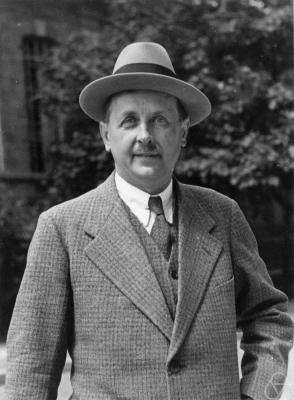 ©William O. Straub, fl. 2004-2016 wostraub@gmail.com AfterMath Copyright Disclaimer Index photos courtesy ETH-Bibliothek, Zurich Bildarchiv Who Was Hermann Weyl? Wheeler's Tribute to Weyl (PDF) Older Stuff 2005 2006 2007 2008 2009 2010 2011 2012 2013 2014 2015 2016 2016-2020 2021-2022 2023 2024 2025 Papers Weyl's Spinor and Dirac's Equation Weyl's Conformal Tensor Weyl Conformal Gravity Weyl's 1918 Theory Weyl's 1918 Theory Revisited Weyl v. Schrodinger Why Did Weyl's Theory Fail? Did Weyl Screw Up? Weyl and the Aharonov-Bohm Effect The Bianchi Identities in Weyl Space Conformal, Parameter-Free Riemannian Gravity Gravity Wave Tutorial Conformal Kerr-de Sitter Gravity A Child's Guide to Spinors Levi-Civita Rhymes with Lolita Weyl's Scale Factor Weyl's Spin Connection Weyl and Higgs Theory Weyl & Schrodinger - Two Geometries Lorentz Transformation of Weyl Spinors Riemannian Vectors in Weyl Space Introduction to Quantum Field Theory A Children's Primer on Quantum Entanglement Veblen and Weyl Graphing the Lorentz Transformation FLRW in de Sitter Spacetime FLRW with a Constant Curvature Scalar Is There a Flaw in the FLRW Metric? On the Mannheim-Kazanas Spacetime Electron Spin Clebsch-Gordan Calculator Bell's Inequality The Four-Frequency of Light There Must Be a Magnetic Field! Non-Metricity and the RC Tensor Curvature Tensor Components Kaluza-Klein Theory The Divergence Myth in Gauss-Bonnet Gravity Schrodinger Geometry A Brief Look at Gaussian Integrals Taming the Lambert W-Function Differential Forms for Physics Students Particle Chart Einstein's 1931 Pasadena Home Today Uncommon Valor  She did not forget Jesus! She did not forget Jesus!
Visitors since 11-4-2004: |

God exists since mathematics is
consistent, and the Devil Symmetry, as wide or narrow as you may define its meaning, Hermann Weyl, 1885-1955
Weyl, ca. 1930 (Göttingen).
Courtesy of the Archives of the Mathematisches Forschungsinstitut Oberwolfach,
Oberwolfach Photo
Collection. Hermann
Weyl was born in the little town of Elmshorn (near Hamburg), Germany on
November 9, 1885. The son of Ludwig and Anna Weyl, he showed an unusual
aptitude for math and science as a youth. From 1904 to 1908 he studied
mathematics and physics in Munich and Göttingen, obtaining his PhD (at
the age of 22) in 1908 under the supervision of the great German
mathematician David Hilbert. His doctoral dissertation explored
singular integral equations with special consideration of Fourier
integral theorems. Following a teaching post in Göttingen, he
took a professorship at the Eidgenössiche Technische Hochschule (Swiss
Federal Technical University) in Zürich, Switzerland, where he was
appointed the chair of mathematics in 1913. Just 27 years old,
Weyl was now a senior colleague of Einstein who, already a professor of
physics at the school, was working feverishly on his greatest
achievement – the General Theory of Relativity.
Soon afterward, however, Pauli apologized to Weyl when he came to fully comprehend the significance of Weyl's discovery: During his lifetime, Weyl published a large number of books and papers on space, time, matter, philosophy, logic, and the history of mathematics. His books include: Was ist Materie? (What is Matter?), 1924 Gruppentheorie und Quantenmechanik (Group Theory and Quantum Mechanics), 1928. Elementary Theory of Invariants, 1935 Philosophy of Mathematics and Natural Science, 1949. Raum-Zeit-Materie (Space-Time-Matter), 1952 Symmetry, 1952 The Concept of a Riemannian Surface, 1955 Weyl's gauge theory of the gravitational and electromagnetic field and/or closely related mathematical material can be found in Space-Time-Matter and in
|
